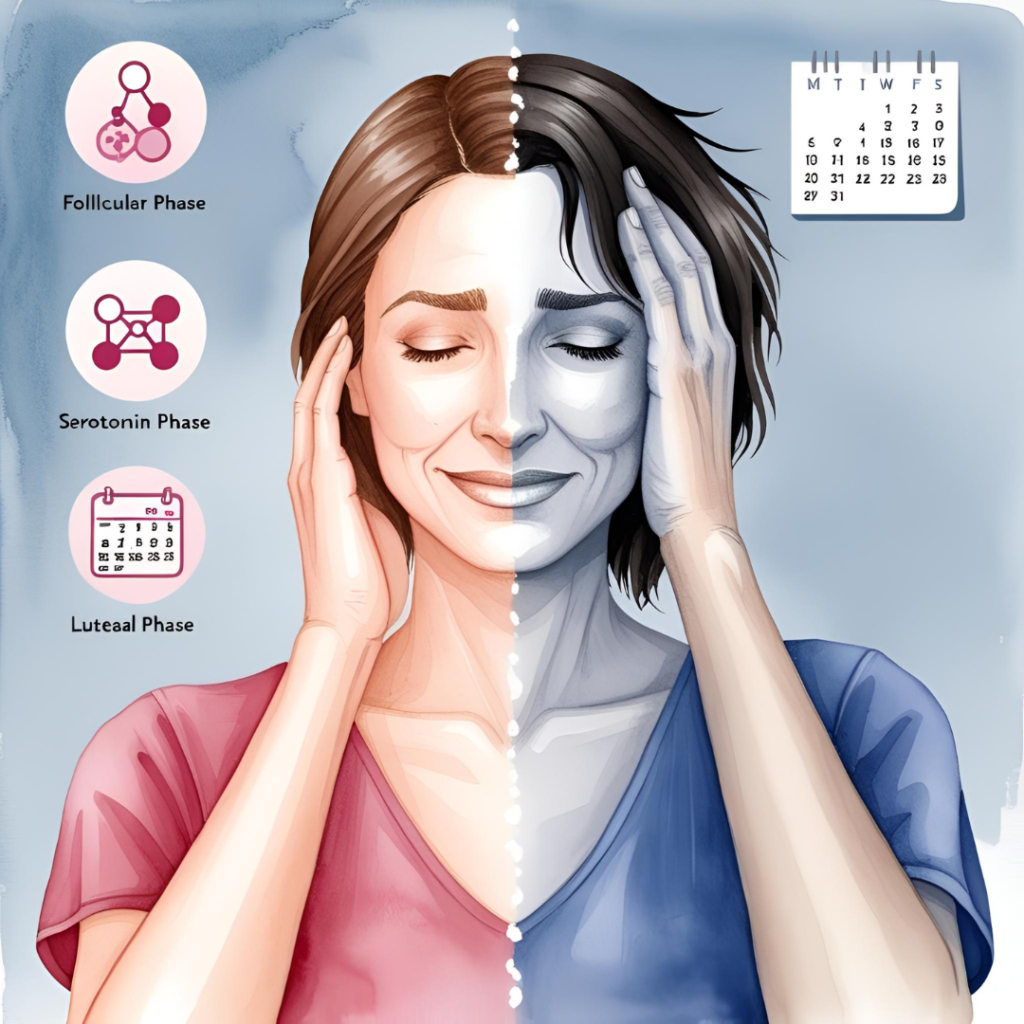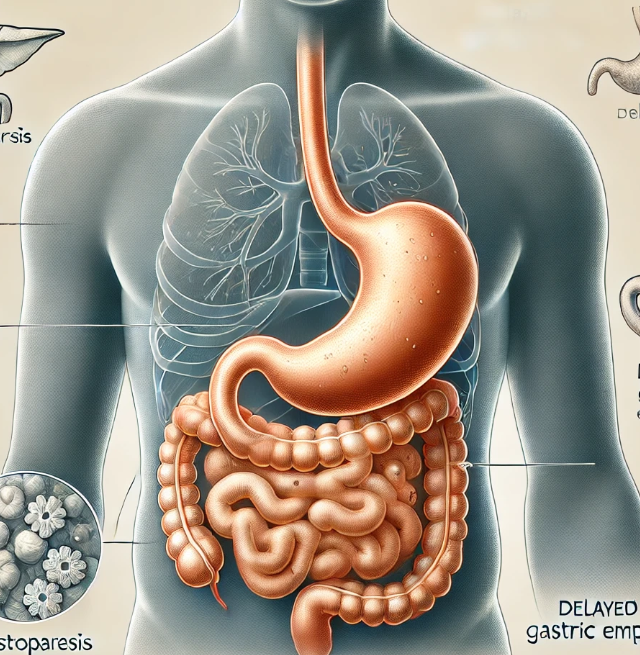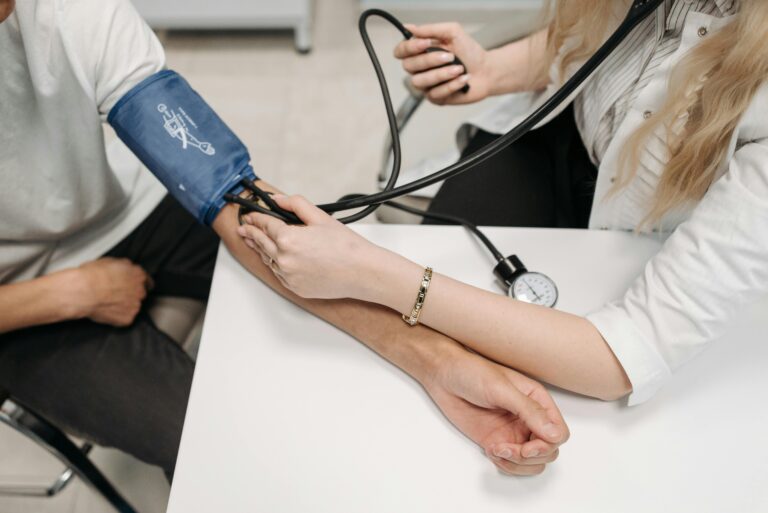“Let me be honest: I used to think severe PMS was just ‘part of being a woman.’ But when a patient described feeling like a different person for two weeks every month—suicidal one day, exhausted the next, and barely able to function—everything changed. Turns out, PMDD (Premenstrual Dysphoric Disorder) is a debilitating, often misdiagnosed condition affecting 1 in 20 menstruating women. If you’ve ever felt like your body betrays you every month, this checklist could change everything.”

Why PMDD Diagnosis Matters More Than You Think
PMDD isn’t “bad PMS”—it’s a severe neuroendocrine disorder recognized by the DSM-5. Yet, the average woman suffers for 12 years before getting diagnosed (Journal of Women’s Health, 2023). Why?
30% of women with PMDD have considered suicide (The American Journal of Psychiatry, 2022)
60% report being misdiagnosed with depression or anxiety first (International Journal of Gynecology & Obstetrics, 2021)
Think of it like this: If PMS is a rain shower, PMDD is a hurricane—with emotional, physical, and cognitive symptoms so intense they disrupt jobs, relationships, and self-identity.
The real tragedy? Most doctors still don’t screen for it. That’s why tracking symptoms is non-negotiable.
The 7 Key PMDD Symptoms (🔍Clinician-Approved Checklist)
1. Psychological Symptoms: More Than “Moodiness”
Rage outbursts (e.g., screaming at trivial things, then feeling ashamed)
Suicidal ideation (passive thoughts like “I can’t do this anymore” or active planning)
Anxiety attacks (heart palpitations, doom spirals)
Science says: PMDD brains overreact to normal progesterone shifts (NIH, 2023).
2. Physical Exhaustion: Beyond “Tired”
Crushing fatigue (needing 12+ hours of sleep but still feeling drained)
Flu-like body aches (joint pain, headaches, nausea without fever)
Red flag: If coffee makes symptoms worse (common with PMDD’s GABA dysfunction).
3. Cognitive Dysfunction (“PMDD Brain Fog”)
Forgetting words mid-sentence (e.g., calling a “refrigerator” a “cold box”)
Zoning out during conversations (dissociation)
2020 study: Working memory drops 40% in luteal phase for PMDD patients.
4. Appetite & Sleep Disruptions
Binge eating (especially carbs/sweets) or zero appetite
Insomnia (tossing for hours) OR hypersomnia (can’t get out of bed)
5. Sensory Overload
Hating being touched (even by partners)
Light/sounds feeling painfully intense
6. Feeling “Out of Control”
Crying uncontrollably (e.g., sobbing at commercials)
Paranoia (“My friends secretly hate me”)
7. Relief at Menstruation
Symptoms vanish within 1-2 days of bleeding (key difference from depression!)
How to Track Symptoms Like a Pro
Use a PMDD-Specific App (e.g., Me v PMDD) or paper tracker for 2+ cycles.
Rate each symptom 1-10 (e.g., “Day 18: Rage—8/10, Fatigue—6/10”).
Note triggers (e.g., “Stress at work made dissociation worse”).
Pro Tip: Show your tracker to your doctor—it’s hard evidence against the “it’s just hormones” dismissal.
When to Seek Help Urgently
– If you have suicidal thoughts (call a crisis line NOW)
– If symptoms last >3 days post-period (could indicate another condition)
– If you’ve ever missed work/school due to symptoms
“PMDD isn’t a personal failure—it’s a treatable medical condition. If this checklist resonates, trust your gut. You wouldn’t ignore diabetes symptoms; don’t ignore this.”
Need help convincing your doctor? Comment below—I’ll share exact scripts to advocate for yourself. 💜






